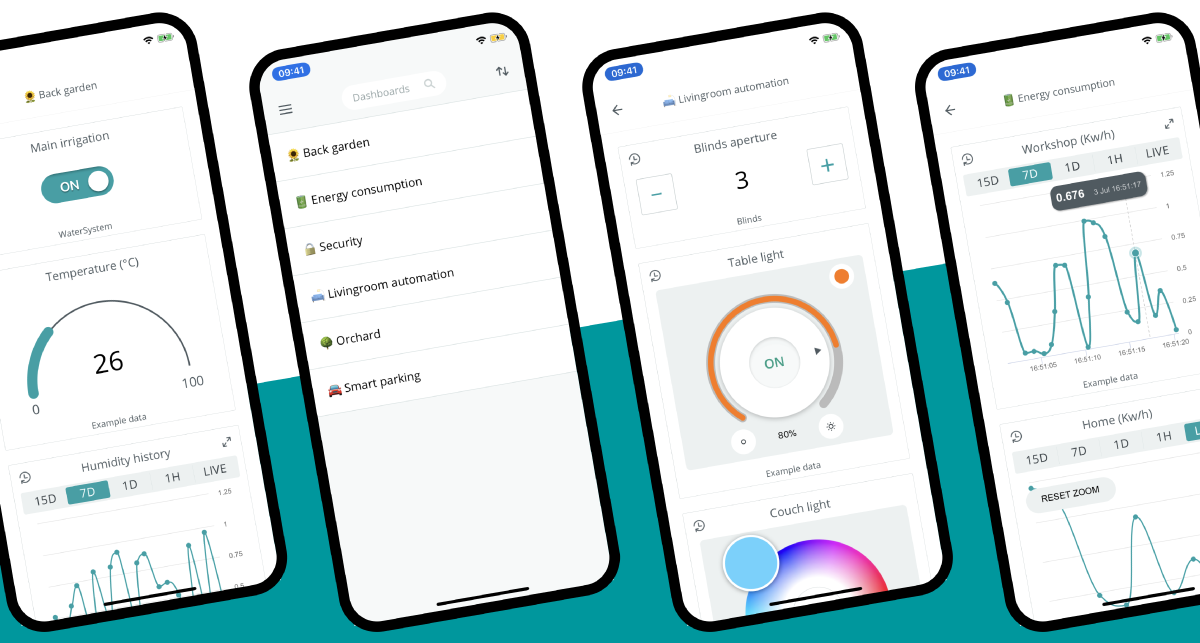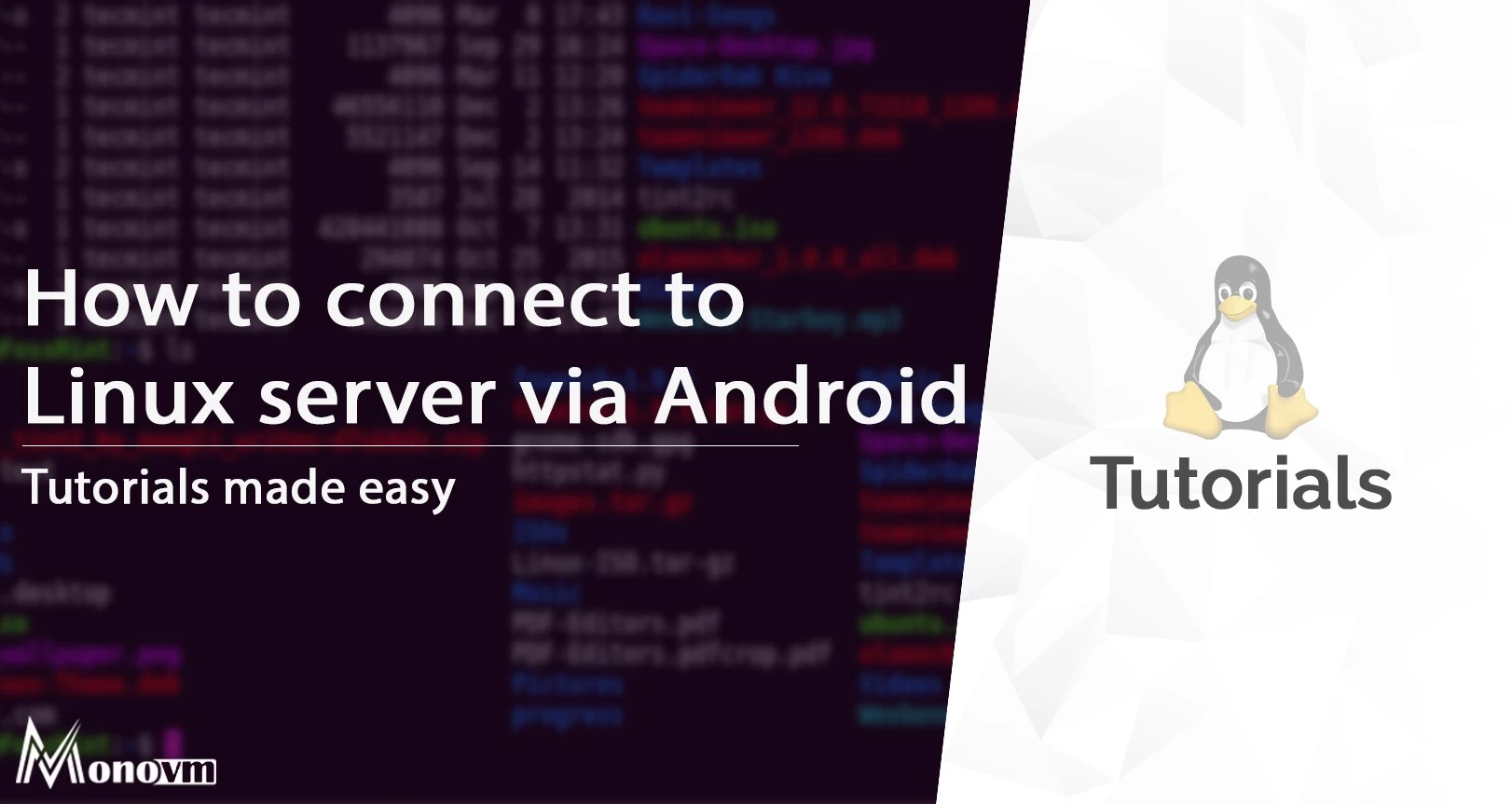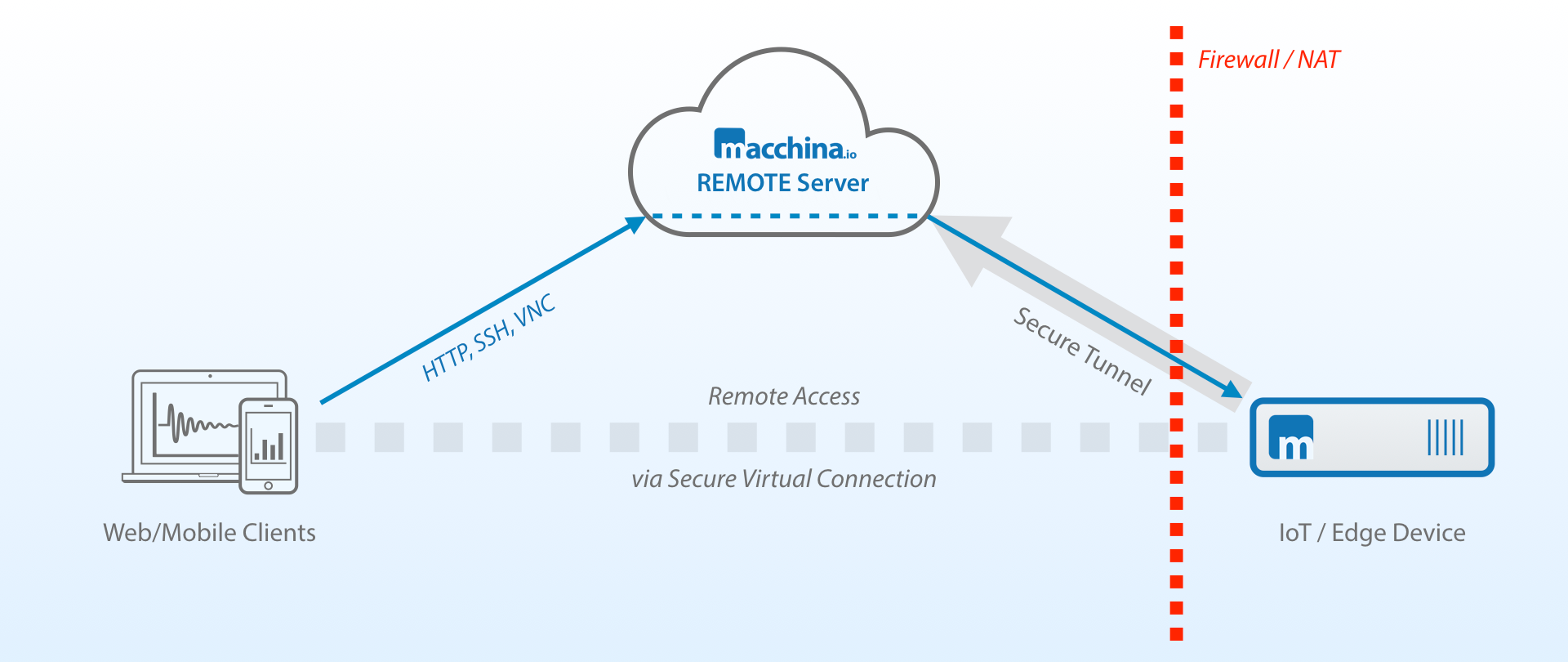Access IoT Devices Remotely Via SSH & Web On Android!
Are you ready to unlock the potential of your digital world, giving you control of your devices from the palm of your hand, regardless of location? The ability to remotely access and manage your Internet of Things (IoT) devices securely is no longer a futuristic fantasy, but a readily achievable reality that significantly enhances both efficiency and security in today's interconnected landscape.
The Internet of Things (IoT) represents a vast network of interconnected devices, all communicating and exchanging data over the internet. From smart home appliances to industrial sensors, these devices are transforming the way we live and work. But how do you maintain control and access to these devices when you're away from home or the office? The answer lies in secure remote access.
| Aspect | Details |
|---|---|
| Definition | The Internet of Things (IoT) is a network of interconnected devices that communicate and exchange data over the internet. |
| Purpose | IoT devices are designed to automate tasks, collect data, and provide remote control capabilities. |
| Examples | Smart home devices (thermostats, lights), industrial sensors, wearable technology, connected vehicles. |
| Connectivity | IoT devices connect to the internet via Wi-Fi, Bluetooth, cellular networks, and other communication protocols. |
| Data | IoT devices generate and collect vast amounts of data, which can be used for analysis, monitoring, and decision-making. |
| Applications | Smart homes, smart cities, healthcare, manufacturing, agriculture, transportation. |
| Challenges | Security vulnerabilities, data privacy concerns, interoperability issues, and standardization challenges. |
| Solutions | Implementing robust security measures, developing data privacy regulations, and promoting interoperability standards. |
Accessing your IoT devices remotely, specifically using SSH (Secure Shell), is akin to possessing a secure key to your digital kingdom. This method, coupled with the convenience of web browser interfaces, allows for control of devices from anywhere, anytime. This article guides you through the process of achieving this seamless remote access, particularly focusing on using SSH and web interfaces on your Android device, and the best part? It's entirely free of charge.
One of the primary hurdles in remote access is often the complexities of network configurations. Traditional methods frequently require setting up port forwarding, dynamic DNS services, or other intricate configurations. These steps can be daunting for even experienced users, posing a barrier to entry for many who simply want to manage their devices efficiently. Fortunately, there are solutions available to simplify this process.
Tools like SocketXP offer a cloud-based solution for IoT remote access and device management. They provide remote SSH access to various IoT devices, including Raspberry Pi, NVIDIA Jetson, and embedded Linux devices, irrespective of their location behind a NAT (Network Address Translation) router. This solution streamlines the process, allowing you to bypass the complex network configurations and securely connect to your devices from virtually anywhere.
Utilizing a web browser as the interface further simplifies remote access. Imagine the ability to monitor and control your Raspberry Pi, Jetson Nano, or other IoT devices through the convenience of a standard web browser, from any location with an internet connection. The remote IoT platform empowers users to control their devices using a web browser, eliminating the need for specialized software or technical expertise. Users can set up a VNC server, such as on a Raspberry Pi, and use a VNC client application on a device of their choice to view and interact with the Pi's desktop, all remotely and securely.
Another approach involves leveraging Virtual Network Computing (VNC), a protocol enabling secure access to the graphical user interface (GUI) or desktop of your IoT devices. This approach provides users with the ability to remotely manage their devices, execute commands, and transfer files securely. It's a powerful and versatile solution for individuals seeking to maintain full control over their devices, regardless of their physical location.
The need for efficient and secure remote access is becoming increasingly critical in modern technology environments. The ability to connect to and manage devices from anywhere in the world not only improves convenience but is also crucial for maintaining efficiency and security. Whether it's a smart home setup, industrial automation, or personal projects, remote access provides the control and flexibility needed in an increasingly connected world.
This comprehensive guide delves into the specifics of setting up and configuring your IoT devices for secure remote SSH access over the internet. By focusing on tools, techniques, and best practices, this article provides you with a clear understanding of how to establish a secure and reliable connection to your devices.
By utilizing a web browser as the interface, remote access becomes even more versatile. With a simple web browser, users can monitor and control their devices from anywhere in the world. This flexibility is invaluable, allowing you to maintain control over your devices irrespective of your physical location. The remote IoT platform is a powerful tool for modern device management.
The core of this remote access strategy involves using SSH to establish a secure and encrypted connection. SSH acts as a secure tunnel, protecting your data from potential threats. This encrypted connection ensures the confidentiality and integrity of the data being transmitted between your Android device and the IoT device. This approach is robust and highly secure.
The process often involves several key steps, beginning with ensuring the IoT device has a stable internet connection. Next, one might set up SSH on the IoT device, ensuring it's configured to accept connections. Port forwarding may need to be configured on the router, directing the traffic to your device. The Android device then uses an SSH client to establish a secure connection to the IoT device.
One of the primary advantages of using SSH is its robust security features. SSH provides an encrypted communication channel, protecting your data from unauthorized access. Encryption ensures that any data transmitted between your device and the IoT device remains confidential and secure. This enhanced security makes SSH a preferred choice for many remote access scenarios.
Beyond security, SSH also provides a powerful command-line interface. This enables you to execute commands, manage files, and troubleshoot issues on your IoT device. This command-line access provides complete control, allowing you to perform various tasks such as updating software, monitoring system resources, and configuring network settings.
The use of a web browser as the interface further enhances the accessibility and versatility of remote access. With a web browser, users can easily monitor and control devices from any location with an internet connection. This approach eliminates the need for specialized software, providing a user-friendly interface for device management. Users can then interact with the device remotely.
For those seeking a graphical user interface (GUI), the Virtual Network Computing (VNC) protocol is a good option. VNC allows you to view and interact with the desktop environment of your IoT device remotely. This approach offers a full-featured experience, making it easy to manage your device's graphical applications and settings. VNC enables a seamless, intuitive interface.
Setting up a VNC server on your IoT device and using a VNC client on your Android device makes remote graphical access effortless. This allows you to control your device's desktop from anywhere. Such configurations can be quickly implemented and tailored to individual needs.
Another critical aspect is the setup of port forwarding on your router. This step is essential for enabling external access to your device. Port forwarding directs incoming network traffic to the correct device on your local network. This ensures that your Android device can communicate with your IoT device.
Dynamic DNS (DDNS) services are also highly beneficial for remote access. DDNS updates your public IP address, ensuring that you can always connect to your device, even if your IP address changes. This provides a stable and reliable connection, allowing you to access your device anytime, anywhere.
The core aim is to ensure seamless, secure, and efficient remote interactions. By following this guide, you'll gain a thorough understanding of the tools and techniques needed to achieve seamless remote access. Our goal is to help you control your devices from anywhere. The remote access solution allows you to connect to a device on any network, even with network restrictions.
The tools and techniques discussed in this article offer a robust and practical approach to remote IoT device management. Whether you are a tech enthusiast, a professional, or simply someone seeking to simplify your device management tasks, this guide offers a comprehensive solution. This approach empowers you to take control of your digital realm.
Through a combination of SSH, web interfaces, and other tools, you can create a powerful and versatile remote access system tailored to your specific needs. By the end of this guide, you'll have a clear understanding of the tools and techniques required to achieve seamless remote access. Join us in this journey toward seamless, secure, and efficient remote interactions.


